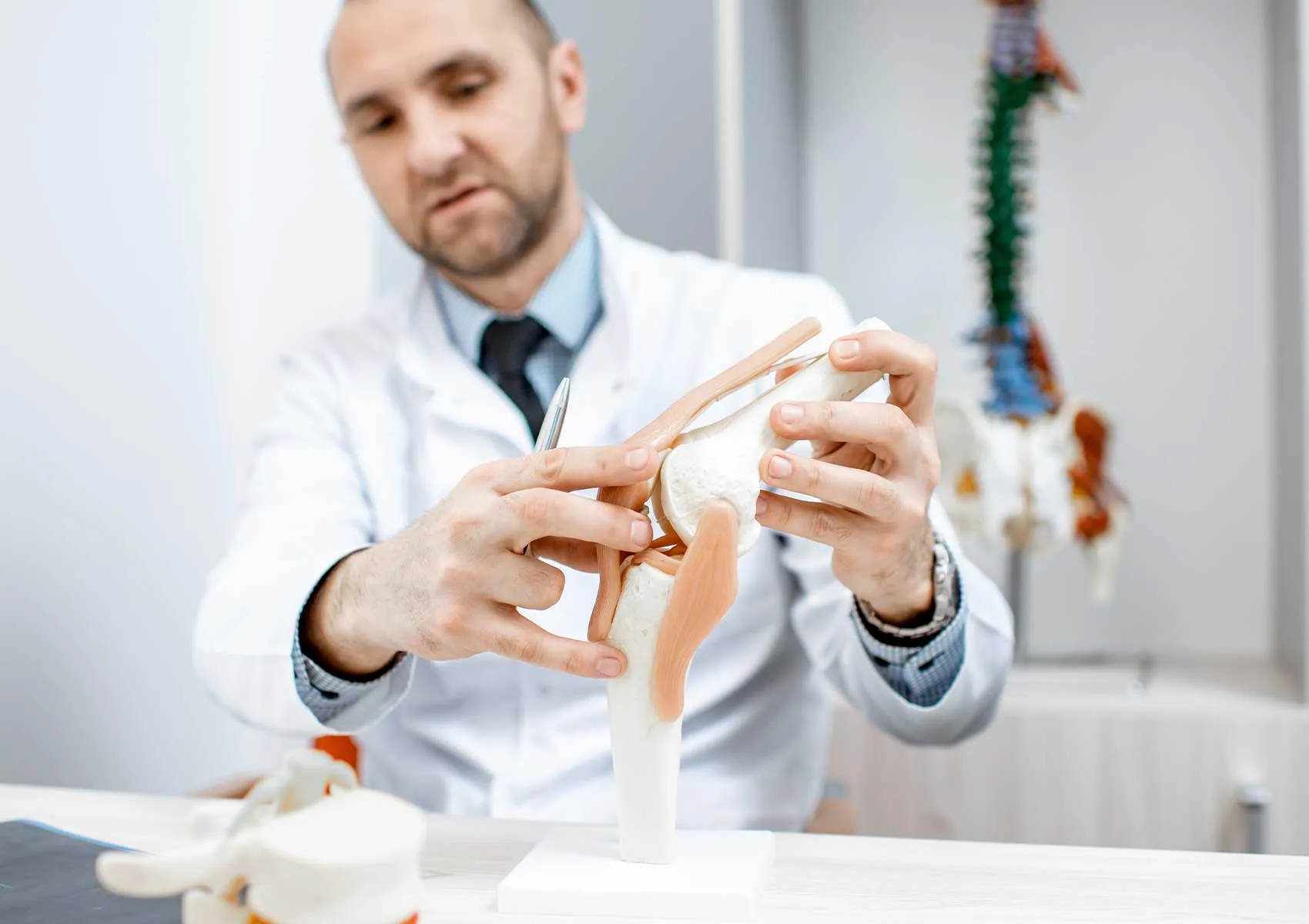Does the Knee Undergoing Osteotomy Deteriorate Again?
Osteotomy is a surgical procedure commonly performed on the knee joint due to deformity or wear. The possibility of the knee deteriorating again after this operation is an important concern. In this article, we explain in detail what osteotomy is, the risks of re-deterioration in the knee, and the key points to consider in order to minimize these risks.
Osteotomy is a surgical procedure performed to reshape and realign bones. It is often applied to correct load distribution in the knee joint, reduce pain, and slow the progression of degenerative changes. This method is particularly preferred for younger and middle-aged patients and is considered an alternative to joint replacement in advanced osteoarthritis.
Knee osteotomy is generally performed to correct either lateral or medial (outer or inner) load distribution in the knee. In cases where arthritis affects only one side of the joint and excessive loading causes problems there, the bone is cut and realigned to balance the load. This allows more weight to be distributed to the healthier part of the knee, reducing pain and extending the life of the joint.
The issue of whether the knee may deteriorate again after osteotomy is significant for both patients and physicians. As with any surgical procedure, complications can occur in the operated area after osteotomy. The concept of “re-deterioration” refers to the reappearance of deformity, the return of pain, or a loss of function in the knee after surgery.
Possible causes of re-deterioration include:
- Surgical failure or insufficient correction: If the bone alignment is not properly achieved during surgery, load distribution remains unbalanced and symptoms persist.
- Impaired bone healing: Factors such as smoking, certain systemic diseases, and vitamin deficiencies can negatively affect bone healing after osteotomy, leading to complications.
- Overloading or trauma: Excessive weight-bearing too early after surgery, sudden impacts, or improper rehabilitation can cause renewed joint damage.
- Advanced joint disease: If severe arthritis, cartilage damage, or bone deformity existed before surgery, osteotomy alone may not be sufficient, and joint deterioration may eventually recur.
To minimize the risk of deterioration after osteotomy, several precautions are important. Postoperative rehabilitation plays a critical role. Physical therapy and proper exercise programs strengthen the muscles and balance the load on the knee. Lifestyle changes such as weight control and avoiding smoking support bone healing. The surgeon’s experience and the correct surgical technique also significantly affect success rates.
Osteotomy generally provides long-term results, but in some patients, further problems may develop in the same knee. In such cases, arthroscopy may be used to assess and treat intra-articular issues, or more advanced procedures such as knee replacement may be required. The choice depends on the patient’s age, activity level, and joint condition.
In conclusion, while the risk of knee deterioration after osteotomy cannot be entirely eliminated, it can be greatly reduced through proper patient selection, experienced surgical technique, and adequate postoperative care. Having realistic expectations before surgery, attending regular follow-ups, and strictly following medical advice are key to achieving positive outcomes. Osteotomy remains an effective and widely used method in orthopedics for preserving knee health, maintaining pain-free movement, and improving quality of life.
FAQ
-
What is osteotomy and why is it performed?
Osteotomy is a surgical procedure that alters bone shape and alignment. It is performed to correct knee load distribution, reduce pain, and prolong joint life.
-
Can the knee deteriorate again after osteotomy?
There is a risk of knee deterioration after osteotomy; however, with proper patient selection, successful surgical technique, and effective rehabilitation, this risk can be significantly reduced.
-
What should be considered after osteotomy?
Regular physical therapy, weight management, avoidance of smoking, and ongoing medical follow-ups are important after surgery.
-
Is osteotomy suitable for all ages?
Osteotomy is generally recommended for younger and middle-aged patients. In advanced age with severe arthritis, knee replacement may be considered.
-
How long is the recovery process after osteotomy?
Recovery times vary by individual but typically full function and pain-free movement are achieved within 3 to 6 months. Consistent rehabilitation can accelerate this process.

